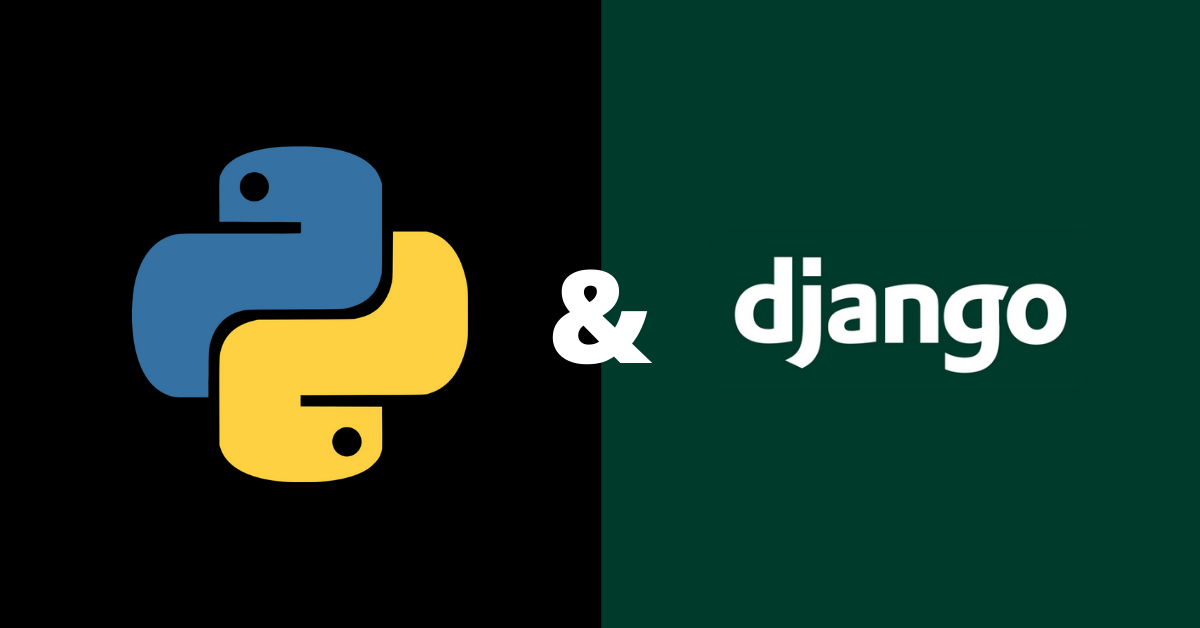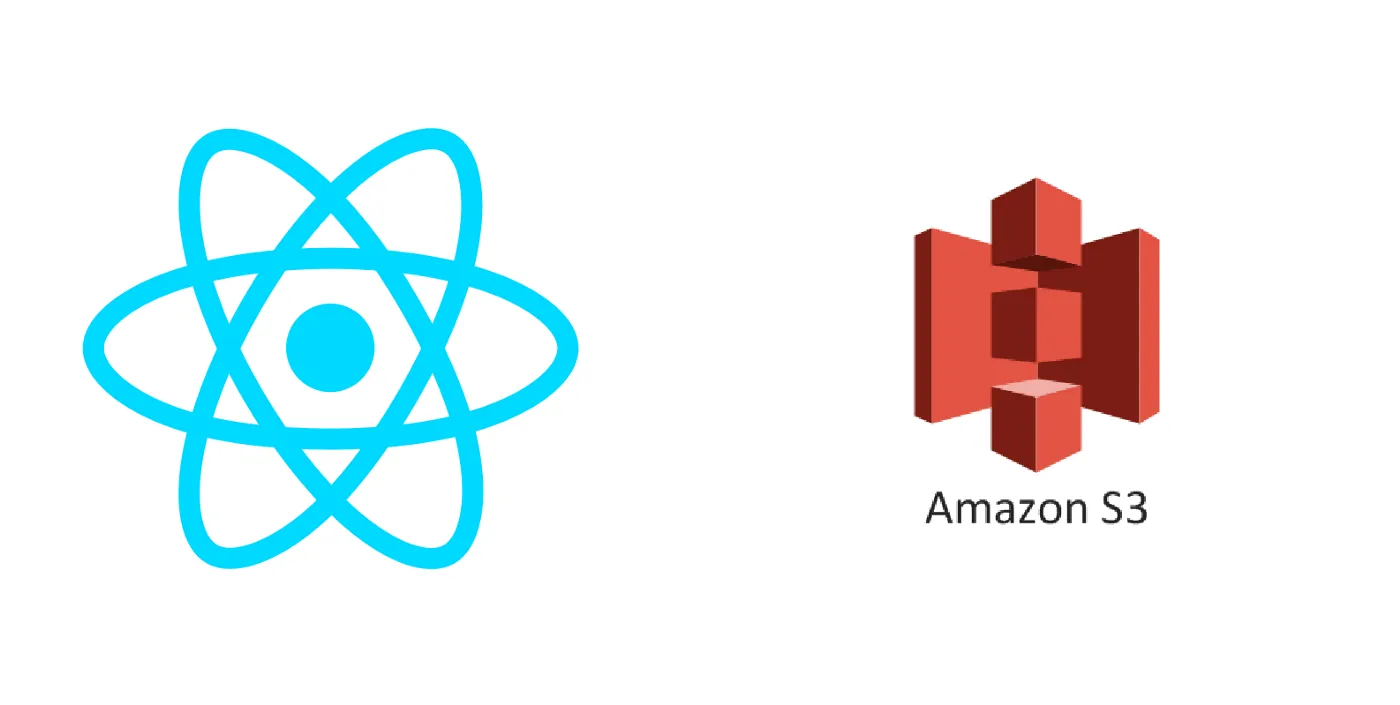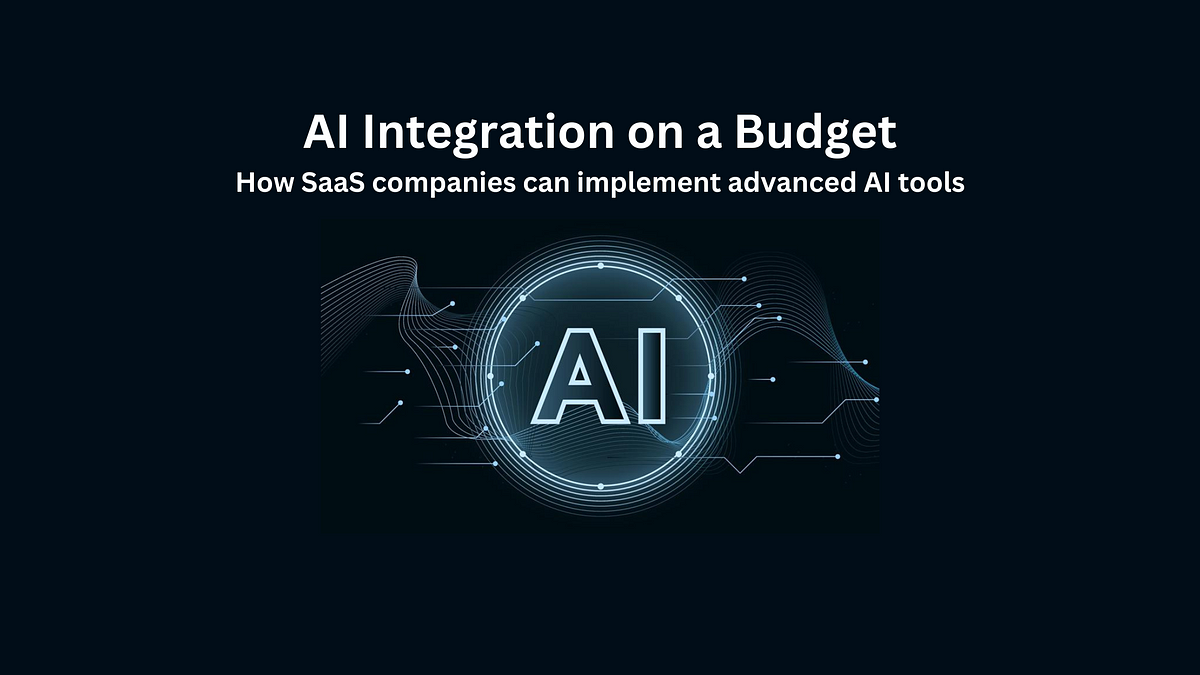A Guide to Django Sessions (Before they make you CRY)

In the ever-evolving world of web development, maintaining user state across sessions is crucial. Django, a powerful web framework, offers a session framework that simplifies this task. But behind the scenes, a critical decision lurks: choosing the right session engine. This article delves into the various Django session engines, their pros and cons, and how to select the best one for your project.
Understanding Session Engines
Imagine a user logging in to your Django application. The session engine kicks in, creating a temporary storage space for that user’s information. This could include anything from authentication details to shopping cart contents. The engine assigns a unique session ID, typically stored in a cookie, which serves as a key to retrieve the user’s data on subsequent requests.

The Contenders: A Look at Django’s Session Engines
Django provides a diverse arsenal of session engines, each with its own set of characteristics:
Database Backend
(django.contrib.sessions.backends.db)
This backend stores session data in your database. This ensures data persistence even if your server restarts.
Pros:
- Persistent storage: Data survives server restarts, ensuring seamless user experience.
- Scalability: Handles large amounts of data effectively.
- Security: Leverages your database’s security measures, potentially offering greater protection.
Cons:
- Performance: Database interaction adds overhead compared to memory-based options.
- Complexity: Requires database configuration.
Cache Backend
(django.contrib.sessions.backends.cache)
This backend utilizes an in-memory cache for session data. This is faster than database access and works well for high-traffic websites.
Pros:
- Blazing speed: Leverages your cache layer for lightning-fast data access.
- Scalability: Can be easily scaled horizontally by adding cache servers.
Cons:
- Volatility: Data is lost on server restarts.
- Security: Consider potential cache eviction policies and security measures.
Cached Database Backend
(django.contrib.sessions.backends.cached_db)
This combines database storage with caching. Writes update both the cache and database, while reads prioritize the cache for faster access.
Pros:
- Merging speed and persistence: Combines the speed of cache with the persistence of database.
- Scalability: Efficiently handles large datasets.
Cons:
- Complexity: Requires both cache and database configuration.
- Potential overhead: Database interaction might introduce some performance overhead.
File Backend
(django.contrib.sessions.backends.file)
This stores session data in files on the server. This offers persistence without database overhead.
Pros:
- Simplicity: Easy to configure, suitable for quick setups.
Cons:
- Performance: File system access can be slower than memory-based options.
- Scalability: Less suitable for high-traffic applications.
- Security: File system permissions must be carefully managed.
Signed Cookie Backend
(django.contrib.sessions.backends.signed_cookie)
This encodes session data into signed cookies. This reduces server-side storage but has limited data capacity and requires proper security measures.
Pros:
- Security: Tamper-proof sessions by cryptographically signing cookies.
- Stateless server: No session data stored on the server.
Cons:
- Performance: Signing and verification add overhead.
- Browser compatibility: Older browsers might not support large signed cookies.
- Scalability: Not ideal for very large session data.
Choosing Your Champion: Matching Needs to Engines
Now that you’ve met the contenders, it’s time to pick the perfect one for your project. Here are some guiding principles:
- Performance: If speed is paramount, the cache backend is a strong contender, but consider the cache’s eviction policy. The cached database backend offers a good balance between speed and persistence.
- Persistence: If data must survive server restarts (e.g., shopping carts), the database or cached database backends are your allies.
- Security: The signed cookie backend shines when session data security is a top priority. However, evaluate performance implications and browser compatibility.
- Simplicity: For quick development or low-traffic applications, the file backend might suffice.
- Scalability: The cached database and cache backends excel at handling large datasets.
Conclusion: A Session Symphony
Django’s session engines offer an orchestra of options to cater to diverse project needs. By understanding their strengths and weaknesses, you can make an informed choice that ensures a seamless user experience and optimal application performance. So, the next time you encounter session-related challenges, remember this guide — with the right engine at your disposal, your Django application will keep users engaged and their state secured!
Additional Tips:
- Refer to the official Django documentation for in-depth configuration details of each session engine: https://docs.djangoproject.com/en/5.0/
- Consider using middleware or custom session back


